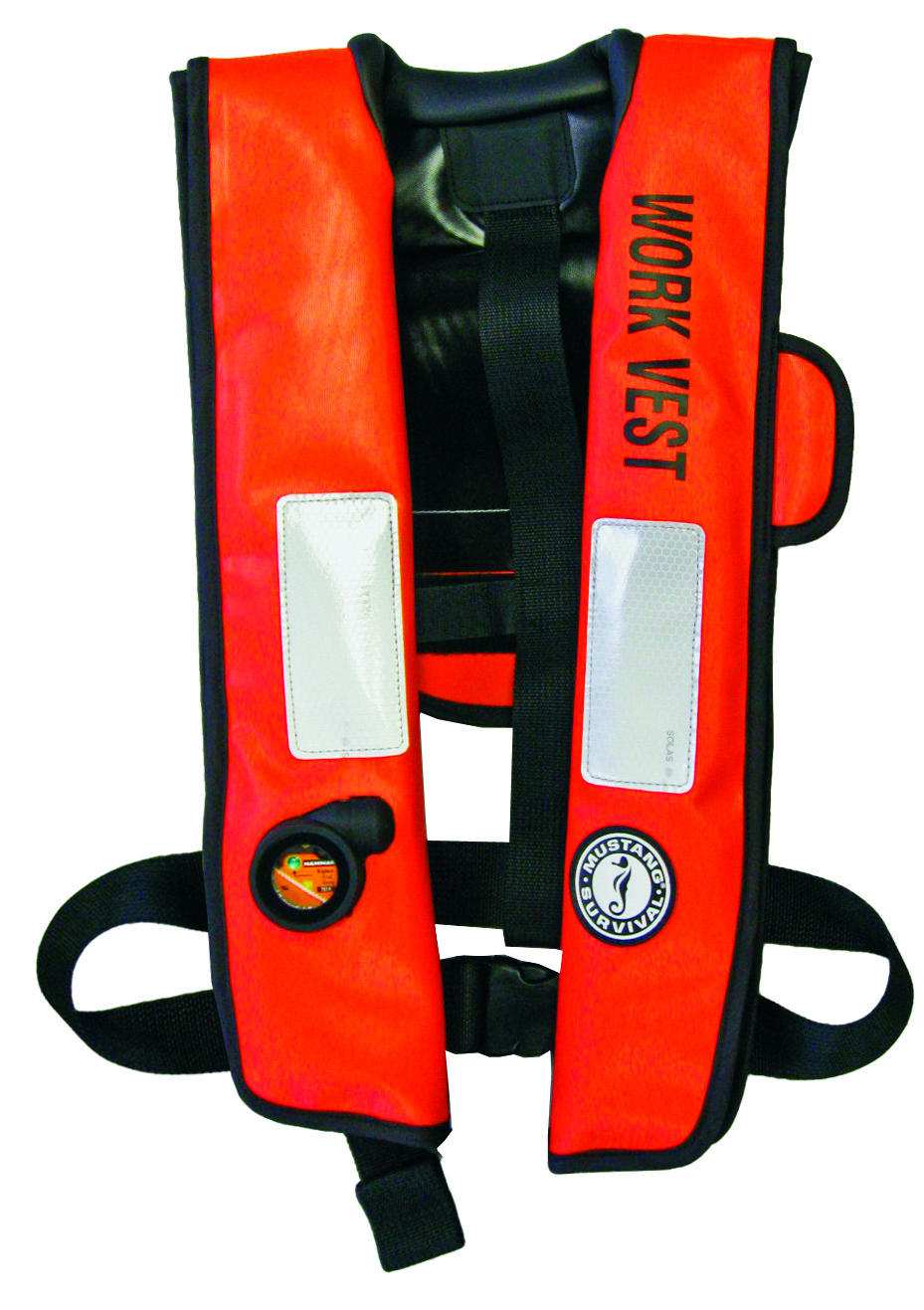From a safety standpoint, I suspect the biggest problem many fishermen have is a lack of self-awareness. Once the boat pulls away from the dock, their view of the world is limited by the space between the bow and stern and the sides of the boat. It’s an area most fishermen are comfortable in, and many don’t want to think about what lies beyond those boundaries.
Years ago when I was fishing, that was certainly the case before the start of one season when we needed to have the halibut schooner’s life raft inspected. But after a not-so-lucrative previous season, the skipper didn’t want to pay for the inspection. And besides, he said, “We won’t need it.”
At the other end of the spectrum, I’m reminded of reading about the first Portuguese who came to Gloucester, Mass., to fish on the local schooners. They are supposed to have put lead inserts in their boots. If they did go overboard the trip to the bottom would be quick, thus avoiding unnecessary anxiety at the surface because they knew they wouldn’t be rescued.
These days I’m not aware of any lead-insert advocates, but there are still plenty of fishermen not prepared for the time when they end up outside their comfort zone — bow, stern and the connecting railings. If you are different and think you should be prepared, there are other fishermen who won’t hesitate giving you grief for your unconventional ways.
Fortunately Bob Raymond, a Cape Elizabeth, Maine, lobsterman who works out of a 20-foot fiberglass skiff, turned a deaf ear toward fishermen questioning the use of the life jacket he’s worn for years.
Raymond’s story was related in a blog by Chris Shorr on the Bangor Daily News site. In April, Raymond was hauling traps in Dyer Cove along an area known for its rocks and ledges. Just as the wind picked up, his engine quit, the boat went sideways to the oncoming seas, and it wasn’t long before Raymond was in the water.
The current and seas slung him toward a nearby ledge. He turned his back to the ledge and used the life jacket as a cushion when he was slammed against the rocks.
Raymond didn’t have much going for him except for the life vest: “Without that vest I would have been dragged under and been gone,” he told Shorr. (The use of a life jacket or PFD as a cushion isn’t a selling point used by safety gear manufacturers, but it obviously came in handy here.)
When another wave tossed him at the same ledges, he turned around just after hitting the rock and hung on. He started yelling for help and this is when things get bizarre. Tourists rushed down from the Lobster Shack, a local seafood restaurant, but instead of helping him they stopped, pulled out their phones and cameras and started taking pictures of Raymond.
Finally someone from the Coast Guard who happened to be on vacation came over and helped him.
Raymond said he was not only glad to be alive, but “I’m happy I ignored all those guys who made fun of my life jacket all those years.”
Photo: Maine lobsterman Bob Raymond proves that personal safety gear, like this life vest, is worth the grief; NIOSH







